Newfoundlands, affectionately known as “Newfies,” are celebrated not only for their immense size and gentle demeanor but also for their stunning and varied coat colors. Originating from the Canadian province of Newfoundland, these dogs were bred to help fishermen, pulling nets and even saving lives with their remarkable swimming abilities. Their thick, water-resistant double coats serve as protection against the harsh North Atlantic climate and come in several beautiful shades that add to their majestic appearance. Each color variation not only holds aesthetic appeal but also historical significance, reflecting the breed’s evolution and the specific roles they have played alongside humans. This article explores seven stunning color variations of the Newfoundland dog, each demonstrating the unique and appealing aspects of this noble breed.
1. Black
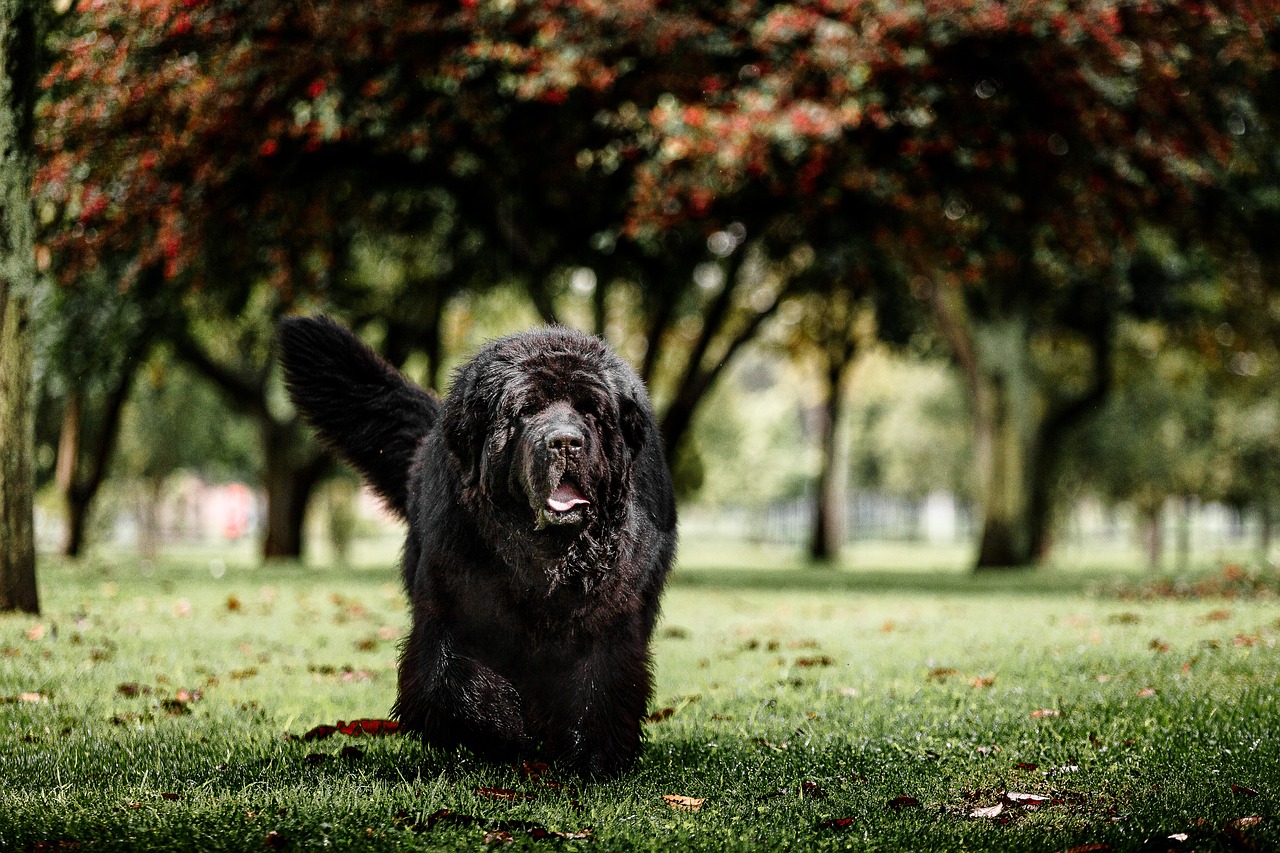
The most traditional and recognized color of Newfoundland is solid black. This deep, glossy black coat is thick and water-resistant, ideal for a dog bred for work in cold waters. The black Newfoundland exudes a striking presence, with the rich darkness of the coat emphasizing the dog’s massive structure and calm, intelligent eyes. Despite their imposing size, the serene and gentle nature of these dogs can make the black coat seem less overwhelming and more inviting. In historical contexts, the solid black coat was preferred because it was easily seen against the snowy landscapes of Canada.
2. Brown

Brown Newfoundlands range from a light caramel to a deep chocolate hue. This warm color is softer in appearance than black and is becoming increasingly popular among Newfoundland enthusiasts. Brown Newfoundlands carry the same dense, water-resistant coat as their black counterparts, providing them with ample protection against harsh weather. This color variation is particularly striking in natural sunlight, where the rich tones of the coat can truly shine, highlighting the dog’s friendly and affectionate nature.
3. Grey
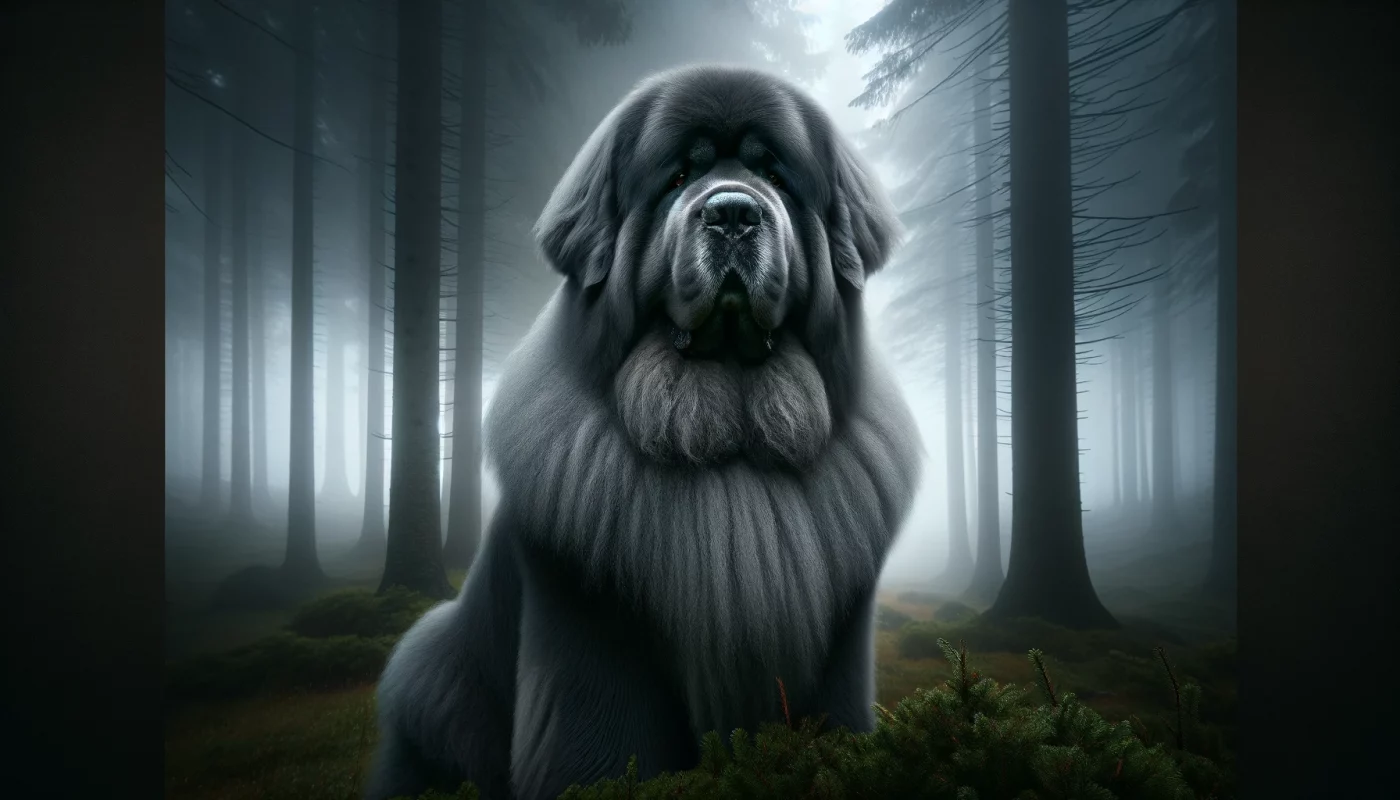
Grey Newfoundlands are a rarer color variation that presents a spectrum of shades from silver to slate. The grey coat can give these dogs a somewhat mystical appearance, often looking wise beyond their years. This color is not as commonly seen in the show ring but is cherished by those who admire the uniqueness it brings. Grey Newfoundlands still retain the breed’s hallmark thick, double coat, which protects them from cold and moisture, making the color as practical as it is beautiful.
4. White and Black (Landseer)

Perhaps the most visually striking of all Newfoundland variations is the Landseer, named after the artist Sir Edwin Landseer who famously depicted this color pattern in his paintings. The Landseer Newfoundland has a predominantly white base with distinct black markings typically on the head, back, and rump. This bicolor pattern is elegant and eye-catching, often making Landseer Newfoundlands the center of attention. The contrast between the white and black fur not only enhances the dog’s impressive size but also its graceful movements.
5. White and Brown

Similar to the Landseer pattern but less common, the white and brown Newfoundland features a primarily white coat with rich brown markings. This combination is quite rare and visually appealing, giving the Newfoundland an almost regal appearance. The brown patches add a warm touch to the cold-resistant white coat, making these dogs look both majestic and approachable. Like other color variations, the white and brown Newfoundlands are strong and capable, well-suited for both work and companionship.
6. Black and White
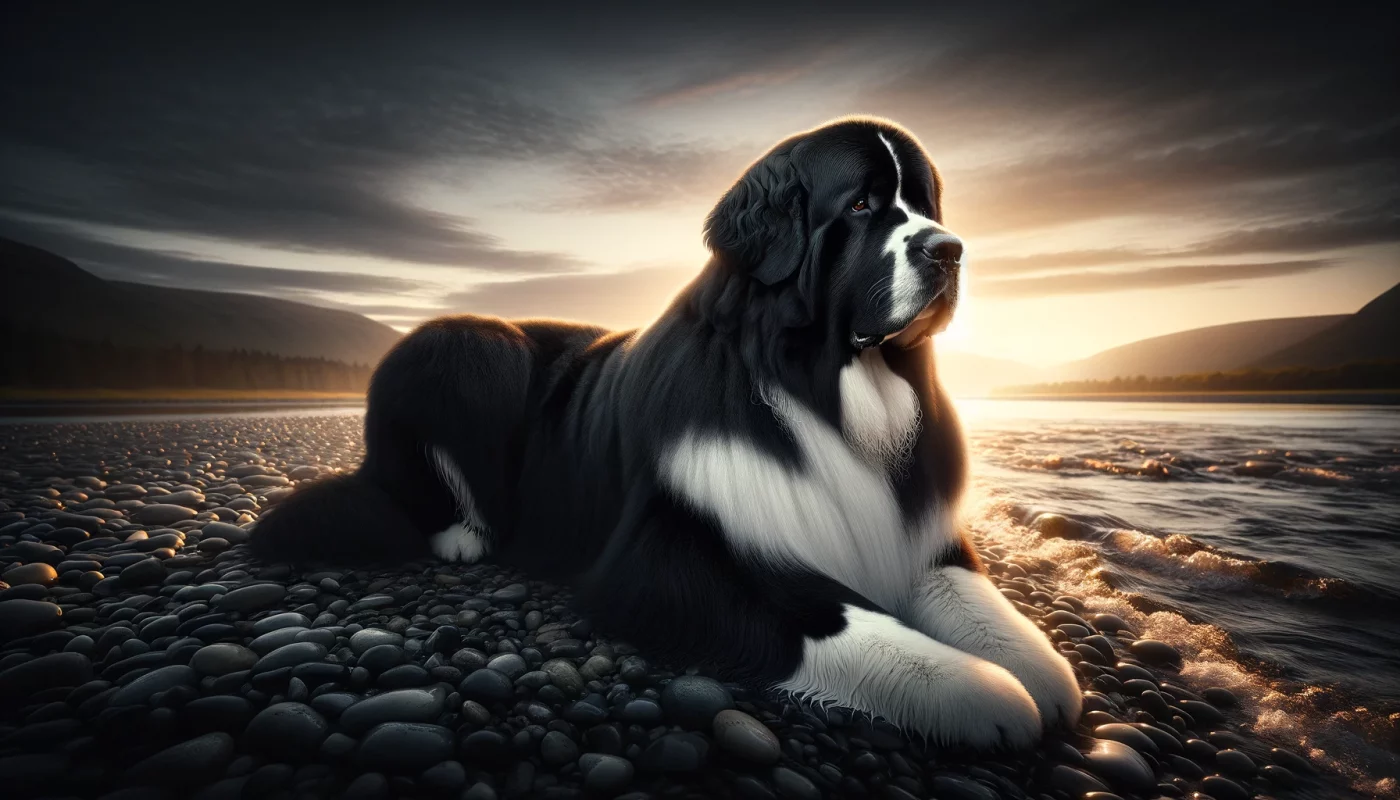
This color variation consists of a black base with white markings, which is the opposite of the Landseer pattern. The black and white Newfoundland might have white paws, chest, and tail tip, along with possible white facial markings. This variation provides a striking contrast that is less defined than the Landseer but still very attractive. The dark coat with light highlights brings out the Newfoundland’s expressive face and gentle demeanor.
7. Solid White

A very rare and stunning variation, solid white Newfoundlands are a true spectacle. This all-white coat is unusual and can be a showstopper due to its rarity and the stark contrast it provides against the typically darker shades seen in the breed. While beautiful, solid white Newfoundlands may face specific challenges, such as increased visibility of soiling and potential for hearing impairments associated with white coat genes in dogs.
In conclusion, Newfoundlands come in a fascinating array of colors, each adding a unique element to the breed’s already impressive appearance. From the classic solid black to the rare solid white, and the striking Landseer pattern, each color variation of the Newfoundland not only beautifies but also serves to highlight the incredible attributes—both physical and temperamental—of these gentle giants. Whether at work or as companions, Newfoundlands of all colors continue to enchant and captivate dog lovers around the world.
Frequently Asked Questions About Newfoundland Colors
1. What is the most common color for Newfoundlands?
The most common color for Newfoundlands is solid black. This traditional color is deeply embedded in the breed’s history, as it was preferred for the dog’s visibility in snowy environments and its striking appearance. Solid black Newfoundlands have a glossy, water-resistant coat that enhances their muscular build and noble bearing. This color is favored not only for its aesthetic appeal but also for its practicality in the breed’s historical working roles in cold, harsh climates.
2. Are white Newfoundlands considered purebred?
Yes, white Newfoundlands are considered purebred. However, solid white is extremely rare and not typically recognized as a standard color by many kennel clubs. Most often, white Newfoundlands will have some markings of another color, which is more widely accepted. The all-white Newfoundland can occasionally appear due to genetic variations but is not a standard color for the breed.
3. Can Newfoundlands be grey?
Yes, Newfoundlands can indeed be grey, although it is a rare color. Grey Newfoundlands range from light silver to dark slate shades. This color is not as commonly seen in the show ring and is less popular than the more traditional colors. Despite its rarity, the grey Newfoundland carries the same breed-specific characteristics, such as a thick, water-resistant coat and a gentle, friendly temperament.
4. What is a Landseer Newfoundland?
The Landseer Newfoundland is named after the artist Sir Edwin Landseer, who frequently included the breed in his paintings. This color variant has a white base with distinct black markings primarily on the body, head, and occasionally the rump. Landseers should have a balanced pattern of black and white, which adds to their regal appearance. They are recognized as a separate variety in some European countries but are generally considered part of the same breed with specific coloration in others, including the United States.
5. Is the black and white color the same as the Landseer?
No, the black and white coloration in Newfoundlands is not the same as the Landseer pattern. While both have black and white, the Landseer is predominantly white with black markings, and the black and white Newfoundland typically has a black base coat with white markings such as on the chest, paws, and tail tip. The distribution and prominence of the colors differ, making the Landseer pattern more distinct and usually more symmetrically balanced.
6. How does the Newfoundland’s color affect its health?
Generally, the color of a Newfoundland does not directly impact its overall health. However, lighter-colored Newfoundlands, especially those with large white patches, can sometimes be more susceptible to skin conditions and sunburn. Breeders need to be aware of potential genetic health issues that can be associated with certain color genes, such as deafness, which is sometimes found in dogs with extensive white markings.
7. What are the grooming needs for different Newfoundland colors?
The grooming needs for different Newfoundland colors are essentially the same, regardless of the coat’s color. Newfoundlands require regular grooming to maintain their coat’s health and appearance. This includes weekly brushing to remove loose fur and prevent matting, especially during their shedding seasons. Bathing should be done periodically, not only to keep them clean but also to protect their natural oil balance, which is crucial for their water-resistant coat.
8. Can Newfoundlands have brindle coloring?
Brindle coloring is not a recognized or standard color for Newfoundlands. The breed’s standard colors are black, brown, grey, and Landseer (white with black markings). Any brindle or other non-standard colors may occur due to mixed ancestry or genetic variations but are not accepted in purebred Newfoundland standards for show purposes.
9. What color are Newfoundland puppies when they are born?
Newfoundland puppies are generally born with the same color they will have in adulthood, although the shade may deepen or change slightly as they mature. For instance, a black Newfoundland puppy may have a slightly lighter coat when born, which darkens over time. Similarly, Landseer Newfoundland puppies will show their distinctive white and black markings from birth.
10. Are there any rare colors for Newfoundlands?
Yes, solid grey and solid white are considered rare colors for Newfoundlands. These colors are not commonly seen and are not recognized as standard by all breed clubs. Solid white, in particular, is very unusual and is often accompanied by additional health concerns, such as an increased risk of deafness. Grey Newfoundlands, while also rare, are sometimes found but are generally not preferred in the show ring compared to the more traditional black, brown, or Landseer colors.

 1 week ago
11
1 week ago
11

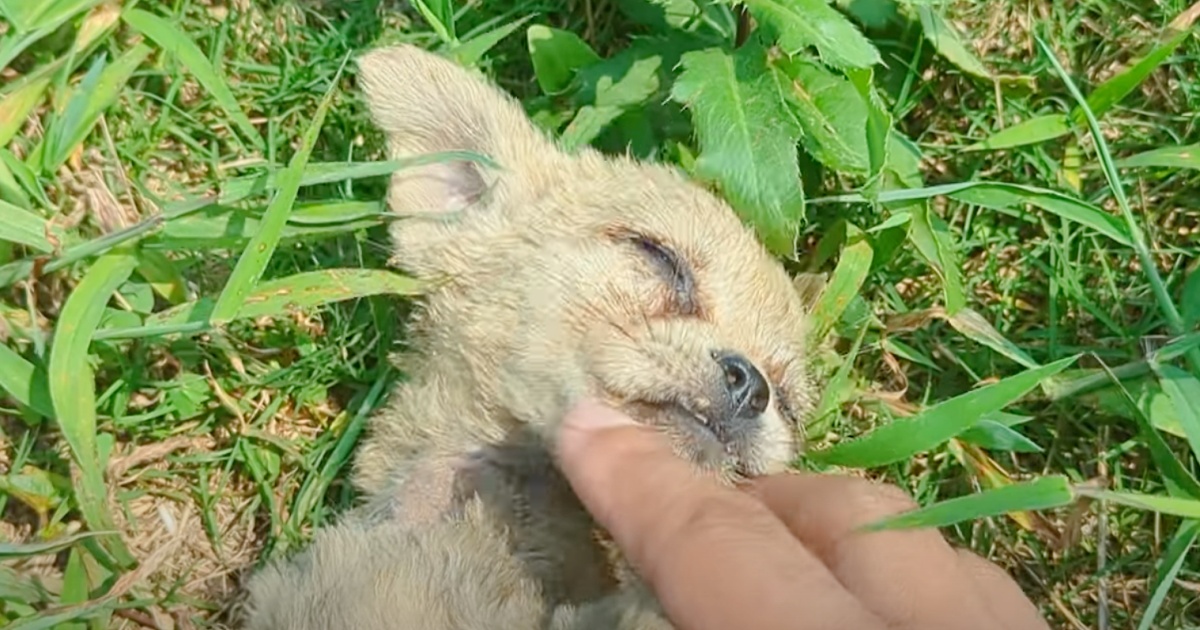








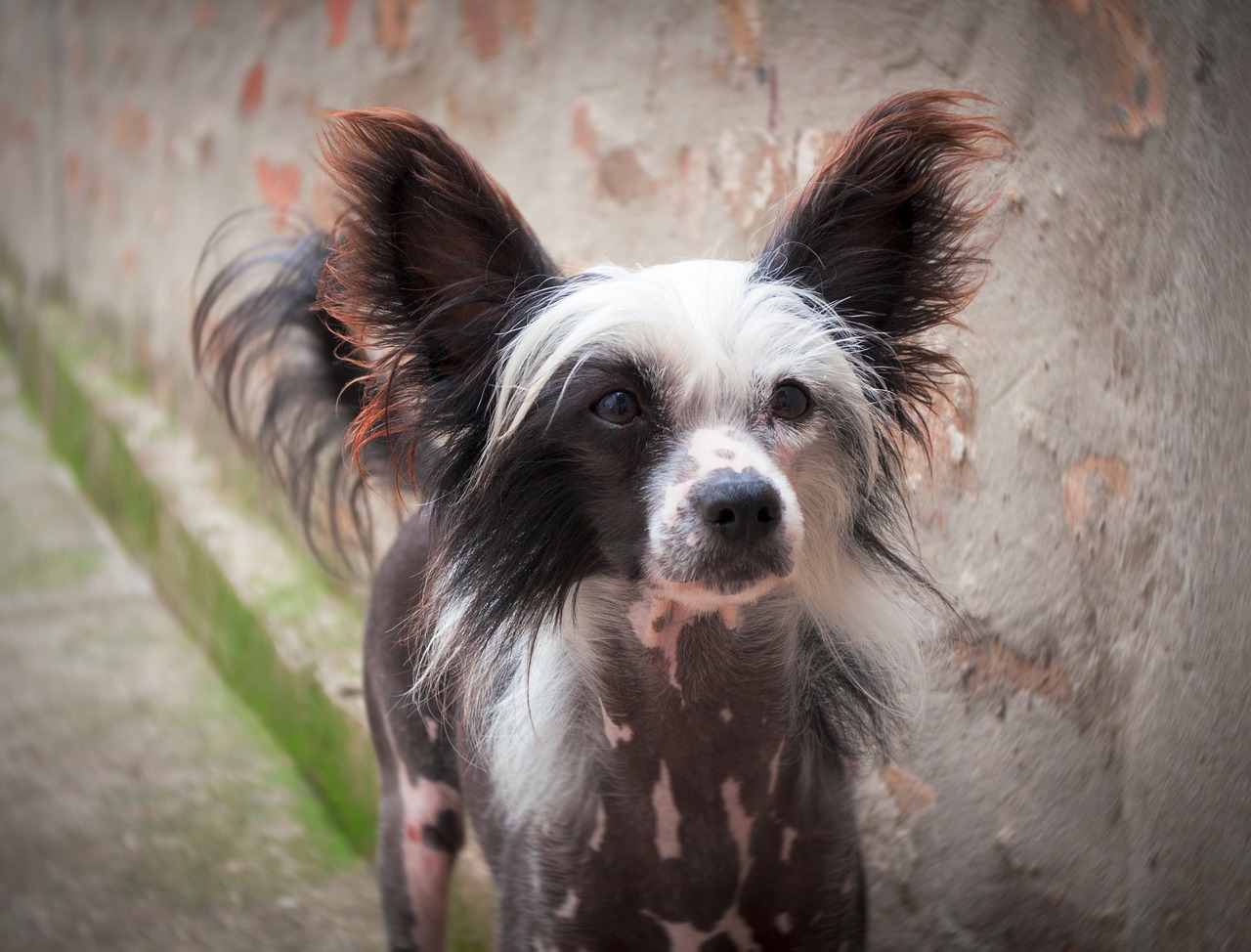





![Cost of a Borzoi Puppy by US Region [2024]](https://iheartdogs.com/wp-content/uploads/2024/04/borzoi-4950553_1280.jpg)
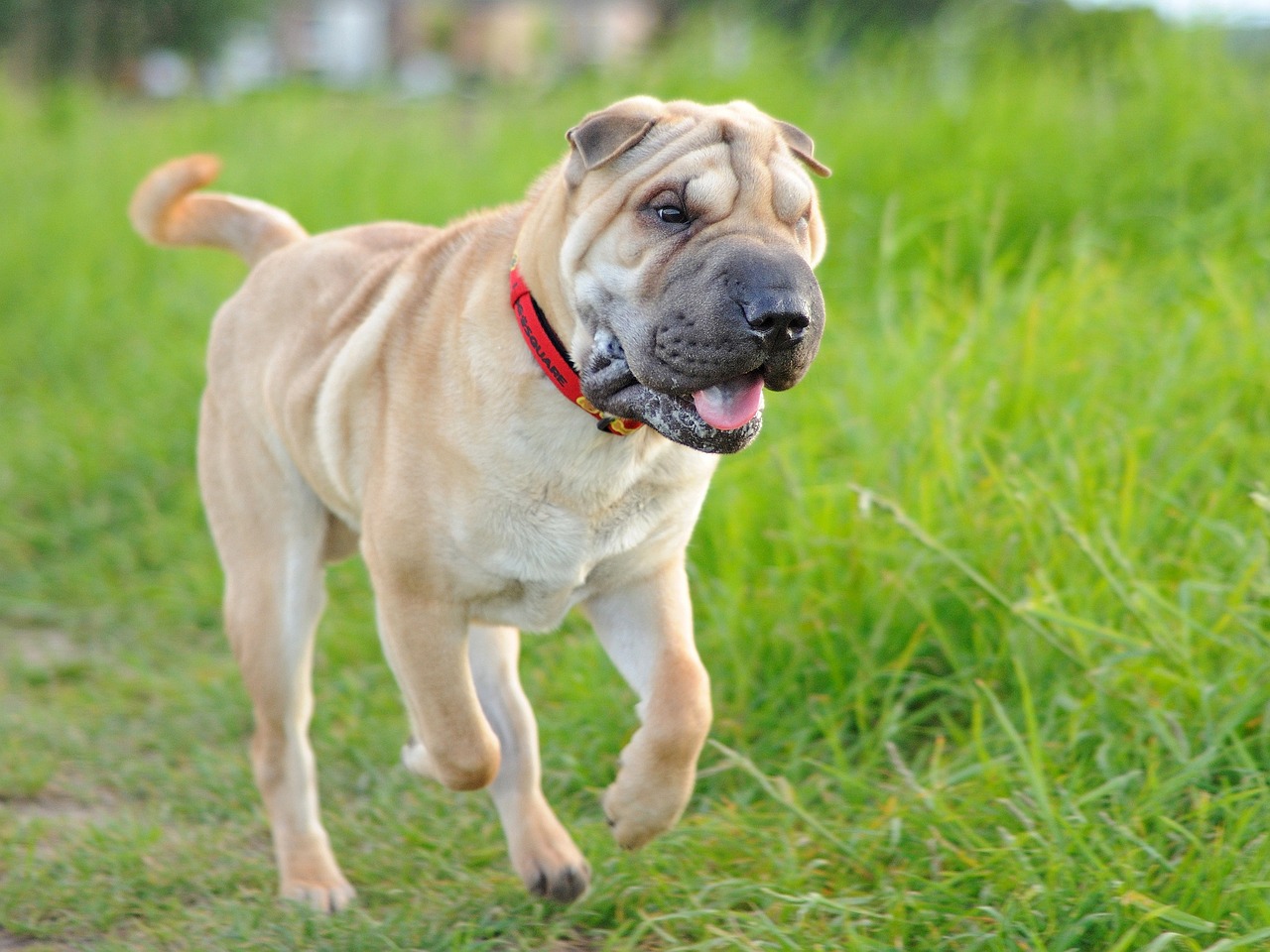
 English (US) ·
English (US) ·